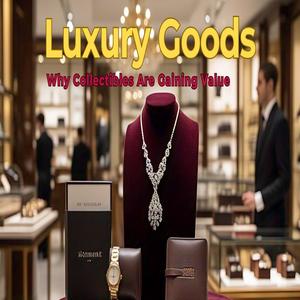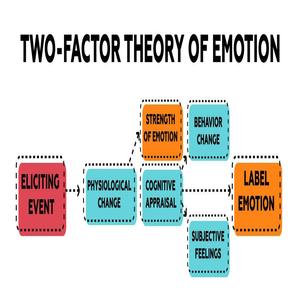For individuals with substantial wealth, luxury items and collectibles occupy an ambiguous space that lies between pleasure and investment. A classic Rolex, a piece by Basquiat, or an exclusive Bordeaux serves not only as an emblem of prestige but also as a viable means of preserving value. The inquiry shifts from “either/or” to “how to integrate”: relishing these items while making sure they function as strategic enhancements to one's financial assets rather than mere expenses.

The “Emotional Return” Factor
In contrast to securities like stocks and bonds, luxury collectibles provide emotional rewards—such as happiness, pride, or a sense of connection—that straightforward financial assets do not offer. A yacht that is utilized for family getaways creates lasting memories; a designer handbag worn to significant occasions can elevate one’s confidence. Discerning buyers distinguish “emotional significance” from “monetary value”: indulge in objects that enhance everyday experiences, yet approach pieces intended for investment with the same disciplined mindset as any financial asset.

“Investment Grade” vs. “Everyday Luxury”
Not all luxury items possess equal value. Investment-grade products possess features such as limited availability, verified history, and consistent demand: consider exclusive Hermès Birkins, rare whiskey barrels, or renowned artwork. On the other hand, “everyday luxury” (mass-market designer apparel, widely available luxury watches) loses value rapidly. Wealthy investors become adept at recognizing the distinction: a $50,000 limited-edition watch may increase in worth, while a $5,000 trendy handbag will depreciate the moment it is utilized.
Collectibles carry overlooked costs that are frequently disregarded: such as storage (climate-controlled spaces for fine art), upkeep (repairing classic automobiles), insurance (valuable jewelry), and authenticity verification. A unique collection of wines might gain 8% in value annually, but 3% could be consumed by the expenses related to storage and insurance. Wealthy buyers consider these financial obligations in their assessments—if the cumulative holding expenses exceed the appreciation, it becomes merely an expensive pastime.
Cultivating “Expertise Equity”
Successful collectors of valuables cultivate expertise equity—gaining profound knowledge about their selected area. A wine enthusiast researches vineyard heritage and tasting notes; a watch admirer delves into the intricacies of movement design. This accumulated knowledge enables them to identify undervalued items (an overlooked creator, a model no longer produced) before the broader market notices. It transforms collecting from a game of chance into a strategic investment strategy.

Balancing Portfolio “Personality”
Luxury collectibles contribute to the personality of a portfolio—allowing diversification beyond stocks and property while showcasing personal interests. A 5% stake in collectibles can diminish overall portfolio volatility, given that their worth often does not align with market trends. The essential aspect is moderation: avoid allowing your enthusiasm for art or automobiles to inflate the allocation beyond 10%, thus safeguarding your wealth’s stability even if a specialized market experiences a downturn.
Ultimately, luxury items and collectibles flourish when viewed as not merely consumption nor purely as investments. They embody a combination—assets that enhance your life in the present while potentially appreciating in value in the future. For wealthy investors, the challenge lies in selecting pieces that bring happiness and endure over time.




